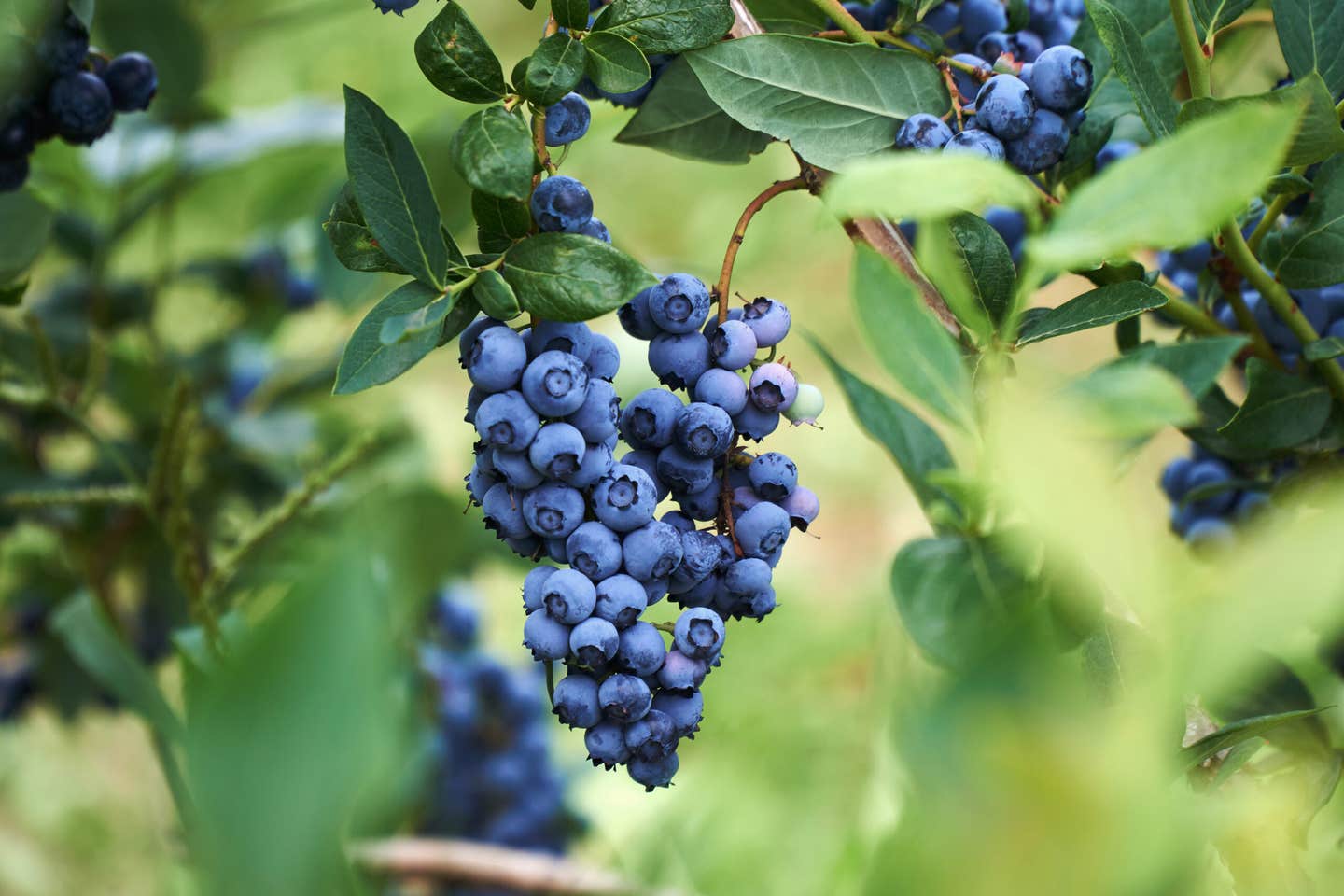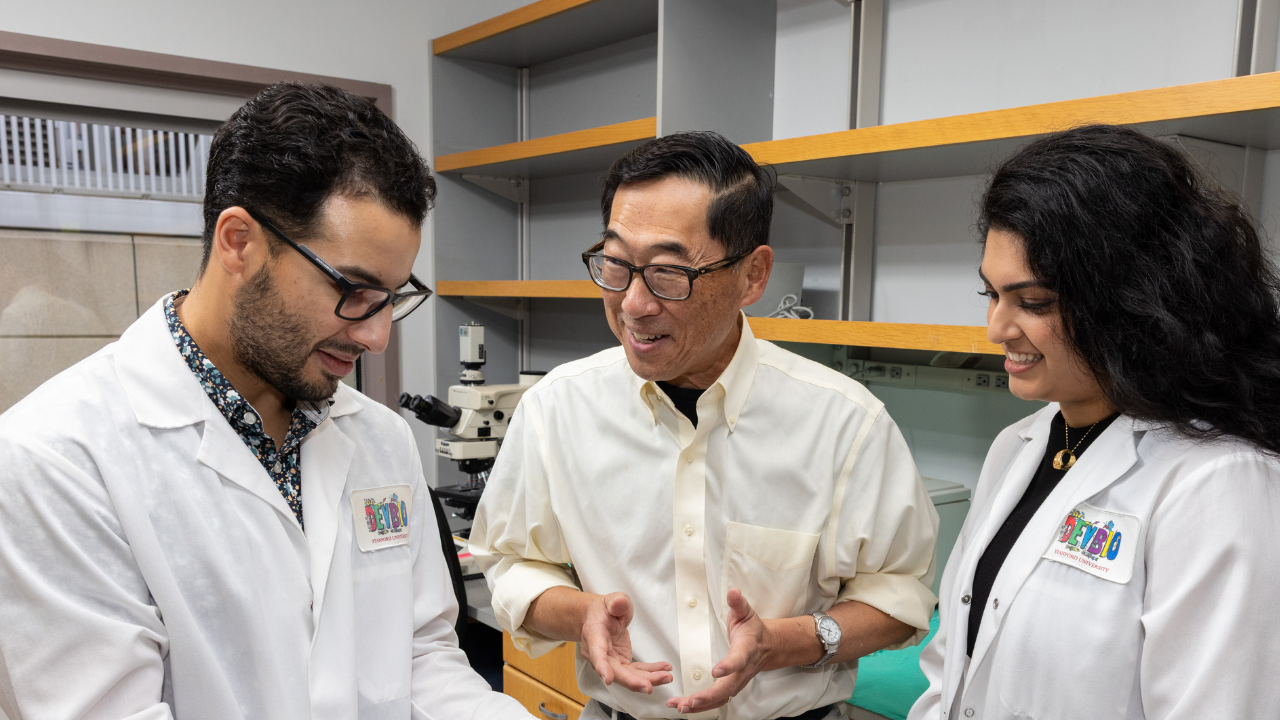Scientists reveal the secret to what makes blueberries ‘blue’
Researchers at the University of Bristol have uncovered a fascinating secret about the vibrant blue hue of blueberries and similar fruits.

Researchers at the University of Bristol have uncovered a fascinating secret about the vibrant blue hue of blueberries and similar fruits. (CREDIT: Shutterstock)
Researchers at the University of Bristol have uncovered a fascinating secret about the vibrant blue hue of blueberries and similar fruits. Contrary to popular belief, the color isn't derived from the fruit's flesh but rather from tiny external structures within the wax coating.
The findings, detailed in a recent publication in Science Advances, shed light on the mechanism behind the distinctive blue appearance of blueberries, as well as other fruits like damsons, sloes, and juniper berries.
According to Rox Middleton, a Research Fellow at Bristol’s School of Biological Sciences, "The blue of blueberries can’t be ‘extracted’ by squishing – because it isn’t located in the pigmented juice that can be squeezed from the fruit. That was why we knew that there must be something strange about the color."
The team discovered that the blue coloration is a result of a layer of wax on the fruit's surface, consisting of miniature structures that scatter blue and ultraviolet (UV) light.
Related News
These structures interact with light, creating the chromatic blue-UV reflectance observed in blueberries, which appears blue to humans and blue-UV to birds.
To investigate further, the researchers removed the wax and re-crystallized it, revealing a brand new blue-UV coating. This ultra-thin colorant, about two microns thick, displays visible blue color and efficiently reflects UV light. Middleton noted, "It shows that nature has evolved to use a really neat trick, an ultrathin layer for an important colorant."
While the primary function of plant wax is often attributed to its hydrophobic and self-cleaning properties, its role in visible coloration was previously unknown. This discovery opens doors to potential applications in colorant technology.
Structural color in wax bloom produces blue appearance on fruits across a wide phylogeny. (CREDIT: Science Advances)
Looking ahead, the team aims to explore simpler methods for recreating and applying the coating. This could lead to the development of sustainable, biocompatible, and even edible UV and blue-reflective paints. Moreover, these coatings may mimic the multifunctionality of natural biological coatings, offering protection to plants.
Middleton expressed excitement about the implications of their findings, stating, "It was really interesting to find that there was an unknown coloration mechanism right under our noses, on popular fruits that we grow and eat all the time.
Wax morphologies differ strongly between species, but spectral signatures do not. (A to L) SEM images of wax bloom crystals; scale bar, 2 μm. (CREDIT: Science Advances)
It was even more exciting to be able to reproduce that color by harvesting the wax to make a new blue coating that no one's seen before. Building all that functionality of this natural wax into artificially engineered materials is the dream!"
This groundbreaking research not only enhances our understanding of natural coloration mechanisms but also inspires innovative approaches to material science and sustainable technology.
For more science and technology stories check out our New Discoveries section at The Brighter Side of News.
Note: Materials provided above by The Brighter Side of News. Content may be edited for style and length.
Like these kind of feel good stories? Get the Brighter Side of News' newsletter.



